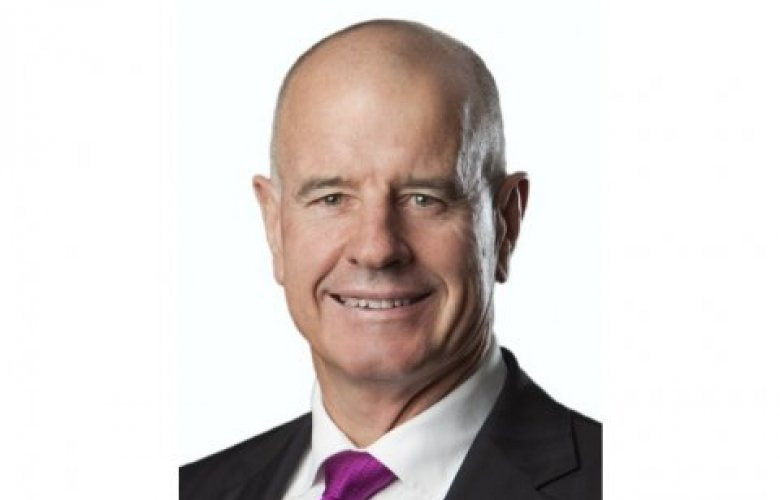First-home buyers at highest levels since 2013: REIA
Contact
First-home buyers at highest levels since 2013: REIA
The proportion of first-home buyers in the home lending market is at a four-year high, says Malcolm Gunning, president of the REIA.
The Australian Bureau of Statistics' August 2017 housing finance data shows first-home buyers are returning to the market, says the Real Estate Institute of Australia.
“The proportion of first home buyers, as part of the total owner-occupied housing finance commitments, rose to 17.2 per cent and is the highest proportion since July 2013," said REIA President Malcolm Gunning.
"The number of first-home buyer commitments increased by 14.0 per cent for the month and is the highest since December 2009," he said.
“By contrast, the value of investment housing commitments decreased by 0.2 per cent in August in trend terms following falls in the previous three months and is well down from its 2015 peak,” said Gunning.
The overall figures for August 2017 show the number of owner-occupied finance commitments increased by 1.0 per cent in trend terms. If refinancing is excluded, in trend terms, the number of owner-occupied finance commitments increased by 1.3 per cent and is the eleventh consecutive month of increases.
“In trend terms increases were recorded in all states and territories except South Australia and the Northern Territory," said Gunning.
"The Australian Capital Territory had the largest increase of 2.0 per cent, in Victoria and New South Wales where new incentives for first home buyers came into the effect on 1 July 2017, the increases in owner occupied housing commitments was 1.4 per cent and 1.3 per cent respectively.
"The Northern Territory had the largest fall at 1.4 per cent," he said.
In trend terms, the number of established dwelling loan commitments increased by 0.9 per cent, while loans for new dwelling construction increased by 1.5 per cent. Loans for the purchase of new dwellings rose by 2.1 per cent, said Gunning.
“It is pleasing to see that of the 1,526 increase in loans in August, 1,264, or 82.8 per cent, were to first home buyers. The figures show that the market is adjusting to more stable conditions with owner occupiers and first home buyers returning to the market,” Mr Gunning concluded.
Tighter lending to investors and foreign buyers is constraining building activity, could hit affordability: HIA
But HIA senior economist, Shane Garrett paints a different picture. He said recent data shows tighter lending is slowing down building activity which could lead to further declines in affordability.
“Constraints on lending to investors are compounding a slowdown in building activity and could lead to worsening affordability,” he said.
The ABS Housing Finance data followed the previous day's Building Activity data, with each showing lending to investors and housing starts are cooling.
“New dwellings starts are now 8.0 per cent lower than this time last year.
“This slowdown is further highlighted in finance data which show that the volume of loans for new dwellings fell by 1.2 per cent in August.
“Construction of new dwellings has been in decline for more than a year and it is the apartment side of the market that is leading the downturn," said Garrett.
“Apartment building has been impacted by a number of foreign investor penalties that have spread across the states. (The) housing finance data show that APRA restrictions on domestic investors are starting to bite - housing investor lending was down 0.4 per cent over the three months to August 2017," he said.
Garrett said there is a concern the rental markets could run dry of supply, and accommodation shortages could result, but he conceded that activity in the sector remains high.
“Governments should be cautious in considering further constraints on the sector,” he cautioned.
Total number of home loans up 1%: Mortgage Choice
Mortgage Choice said the housing finance data shows that 57,161 home loans were approved in August, up 1 per cent from the previous month.
“August marks the fourth consecutive month that we have seen growth in the total number of monthly home loan approvals,” said Mortgage Choice chief executive officer, John Flavell.
“This would suggest the housing market is alive and well and Australians still boast a healthy appetite for property," he said, attributing the continued strong interest in real estate to historically low rates.
“The total value of all owner occupied dwelling commitments written rose 0.9% to just over $21 billion, while the total value of investment lending rose 4.3% to $12.63 billion," he said.
“This lift in the value of investment lending does come as somewhat of a surprise when you consider that a lot of lenders have actively tweaked their policy and pricing in recent weeks in a bid to cool their level of investment activity," said Flavell.
To view the ABS data click here.
Read more about the home lending market in Australia:
First-home buyers are back in the market
'Sledgehammer' approach to risky lending could hurt economy: REIA







